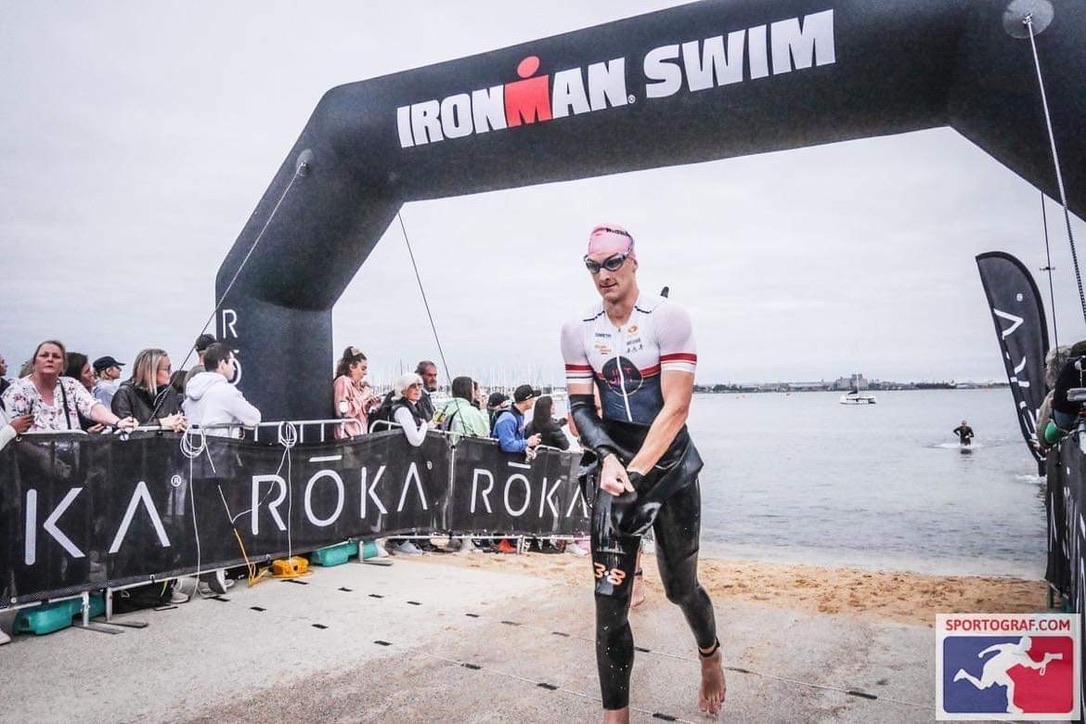Frequency: Swim as frequently as possible (and with the shortest gap possible between swims)
This might be a simple ‘3 x per week’ approach or adapted to suit your schedule. eg. Tuesday & Friday each week. Consistency trumps greatness and hero sessions. ‘Touching the water more frequently will be beneficial, period. Most of us are are adult onset swimmers and so maintaining our ‘feel’ for the water and increasing our ‘fitness’ in the water will give greater returns than focusing on technique or heroic sessions.
Breathing: Learn to breathe both sides and refine that action
Triathlon and open water swimming can be unpredictable. Learning to breathe to both sides in your training can help with confidence, balancing your stroke, sighting, navigation, improved form and efficiency… and ultimately race day performance. Start by integrating breathing to non-preferred side into warm up and cool down and build confidence from there.
Strength / Mobility: integrate strength and mobility into your weekly schedule… every week!
Again, most of us are adult onset swimmers and even for those with a background in swimming, it is a very complex sport. Regular core, strength and mobility work can and will compliment the work you do in the water. It will improve strength, stability, connection and control. This can include swim band strength work which was popularised during the pandemic.
A couple of equations for you:
– Increased upper body strength = greater pull on the water = greater propulsion = more speed.
– Increased core strength = reduced drag = more efficient stroke = more speed!
Equipment: Use your swim tools!
Yes, ‘naked’ swimming is great, but done all the time in combination with all the swimming and running we do is one sure way to overcook yourself. The upper body or arms give us our speed and forward propulsion. Our legs give us balance, body position and some propulsion.
Each piece of equipment, used in the right way and with the right dose, can improve your swimming. At JET we use our equipment to help us in our quest to ‘take more good strokes’ which helps us improve efficiency, resilience, conditioning and overall swimming ability.
For example: The pull buoy and paddles allows our heart rate to sit lower at any given effort, whilst increasing form and feel for the water by also lifting the hips and promoting good alignment and posture so we can make the most of every stroke. Using paddles is where strength meets endurance; increased muscle fibre recruitment and improved fatigue resistance
